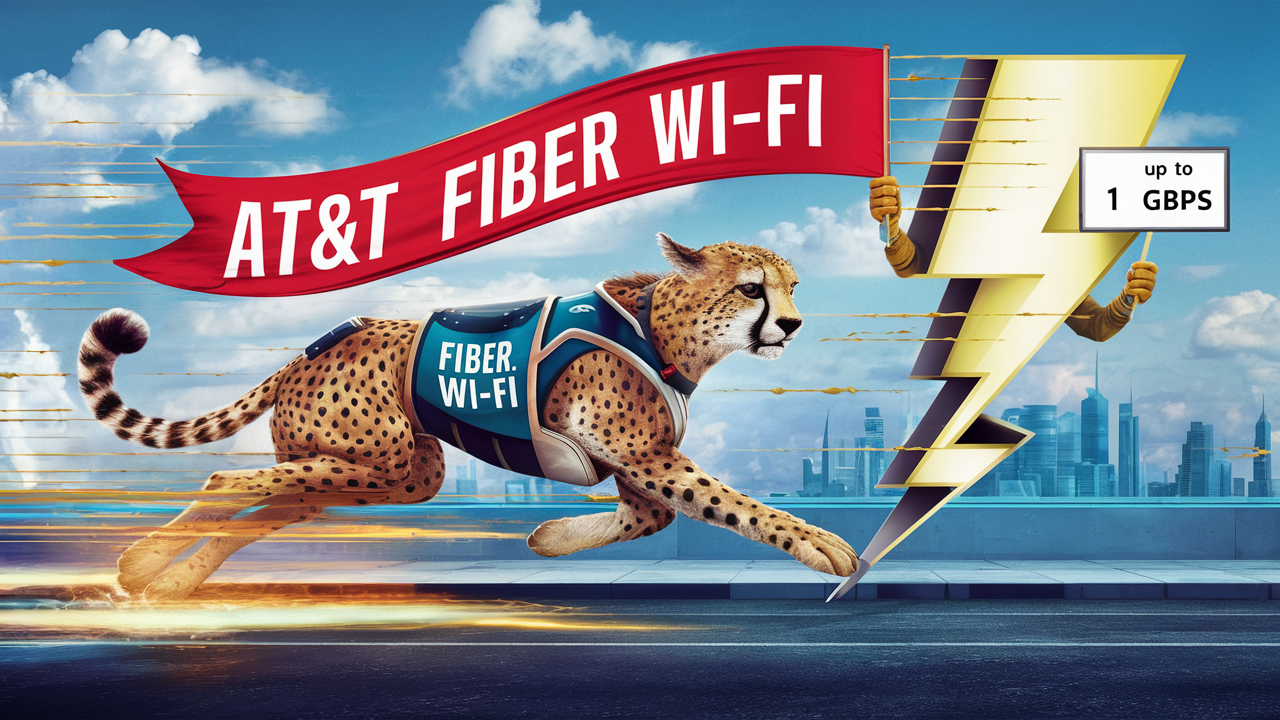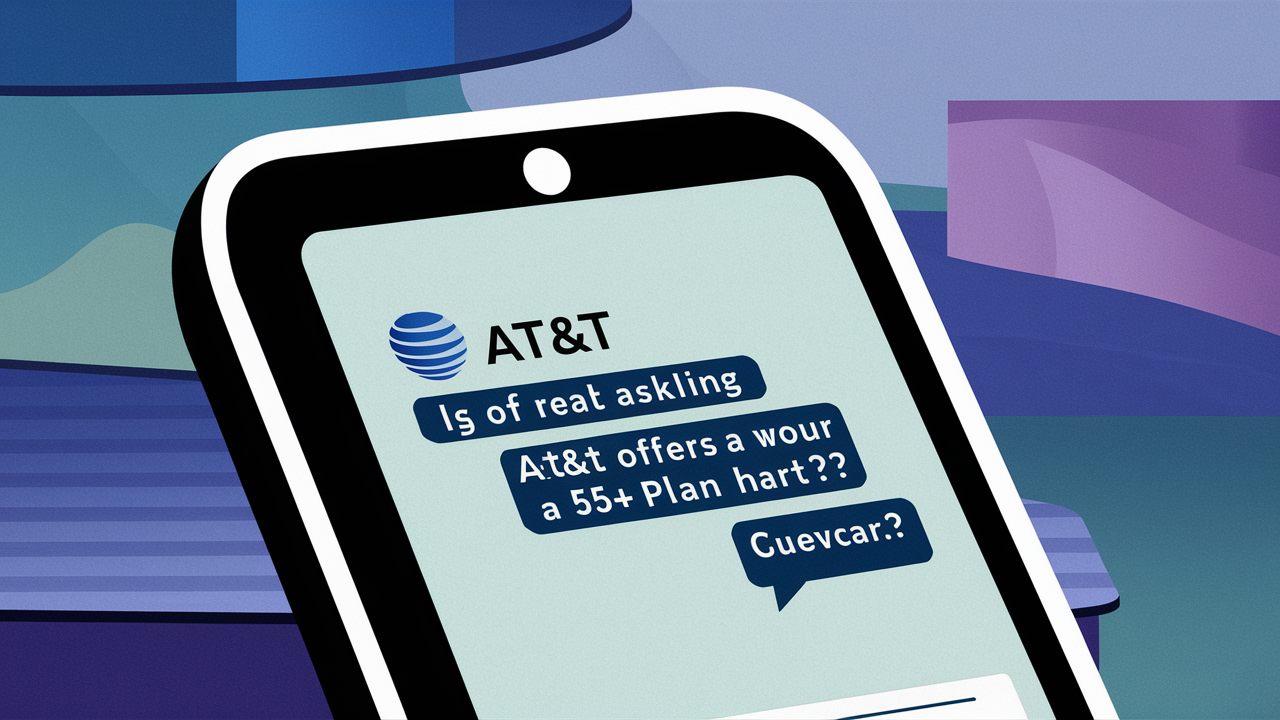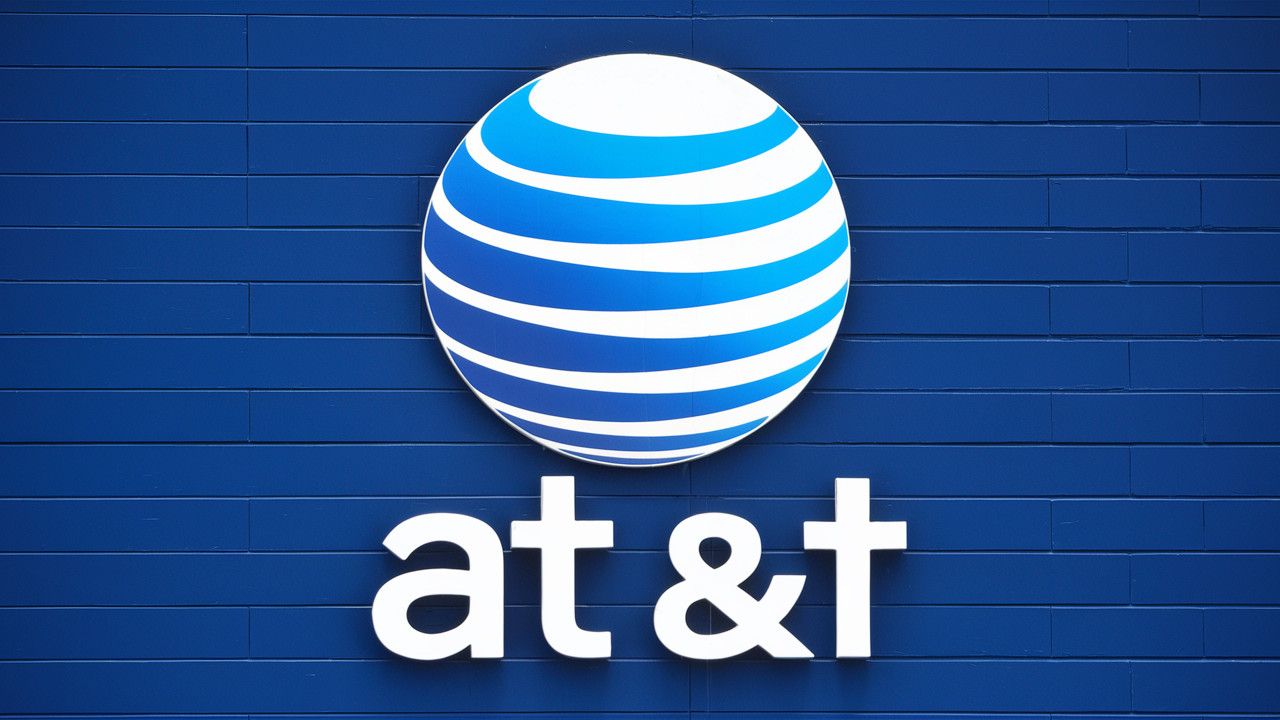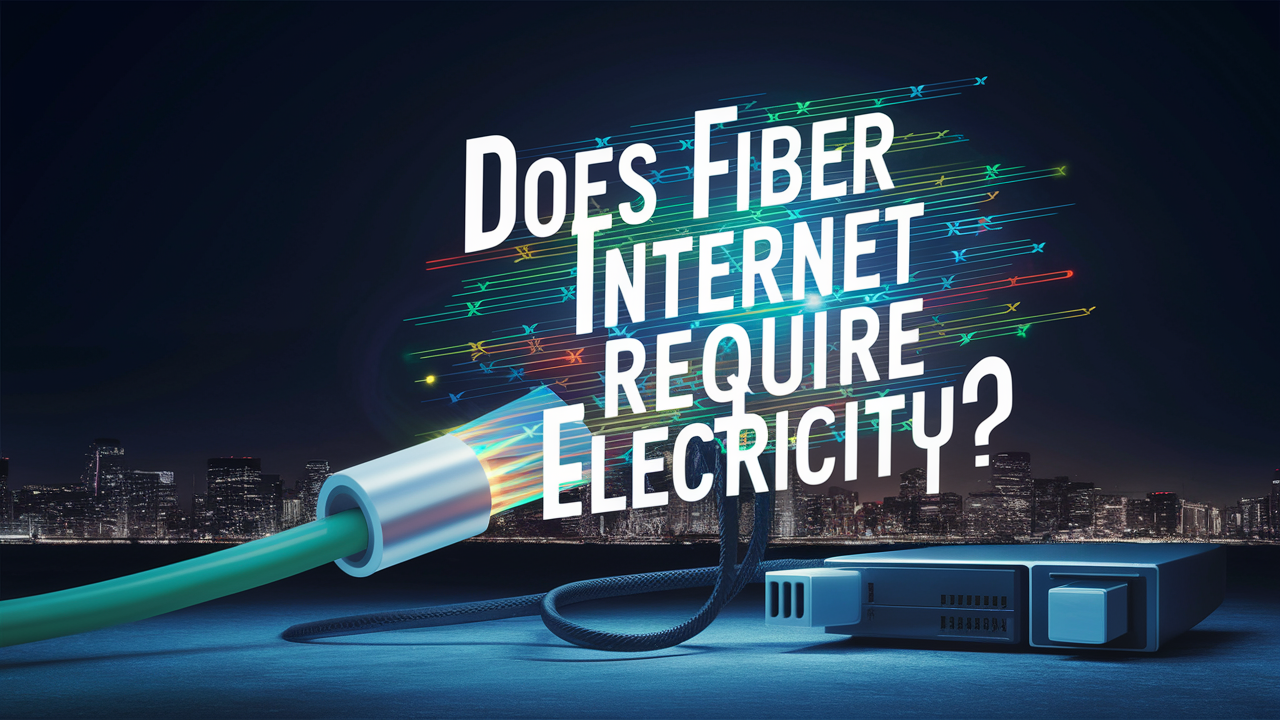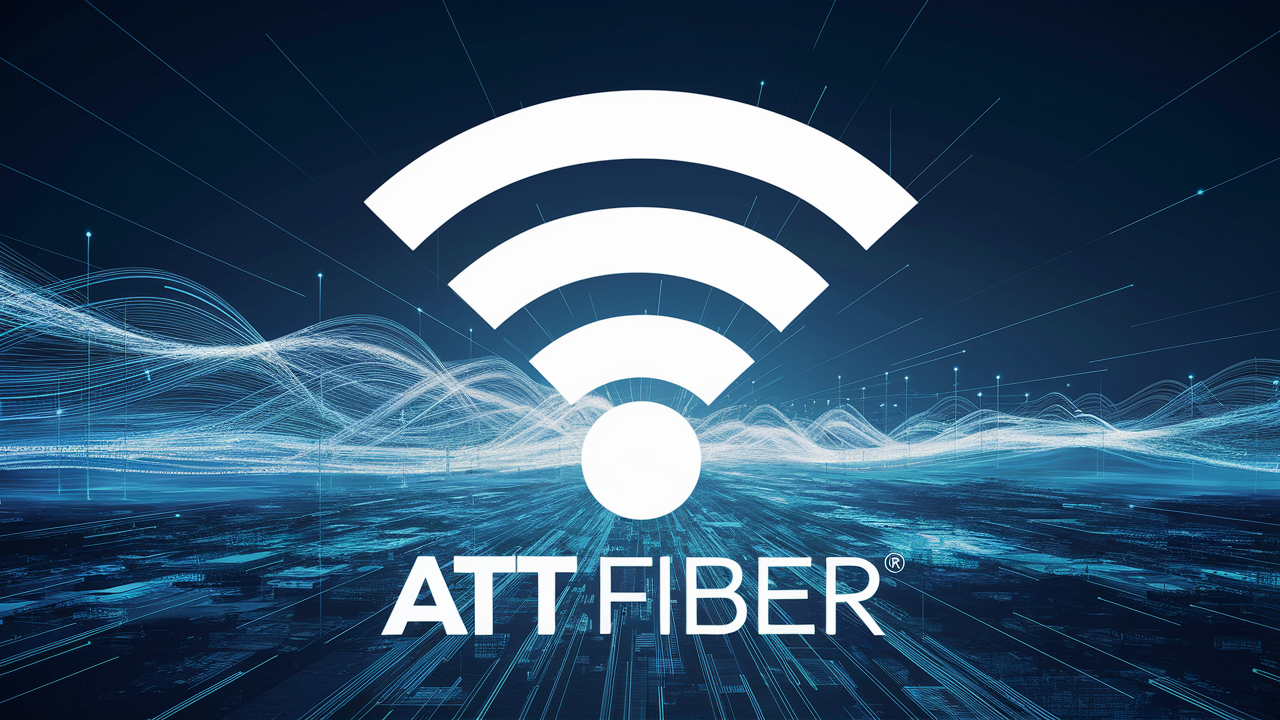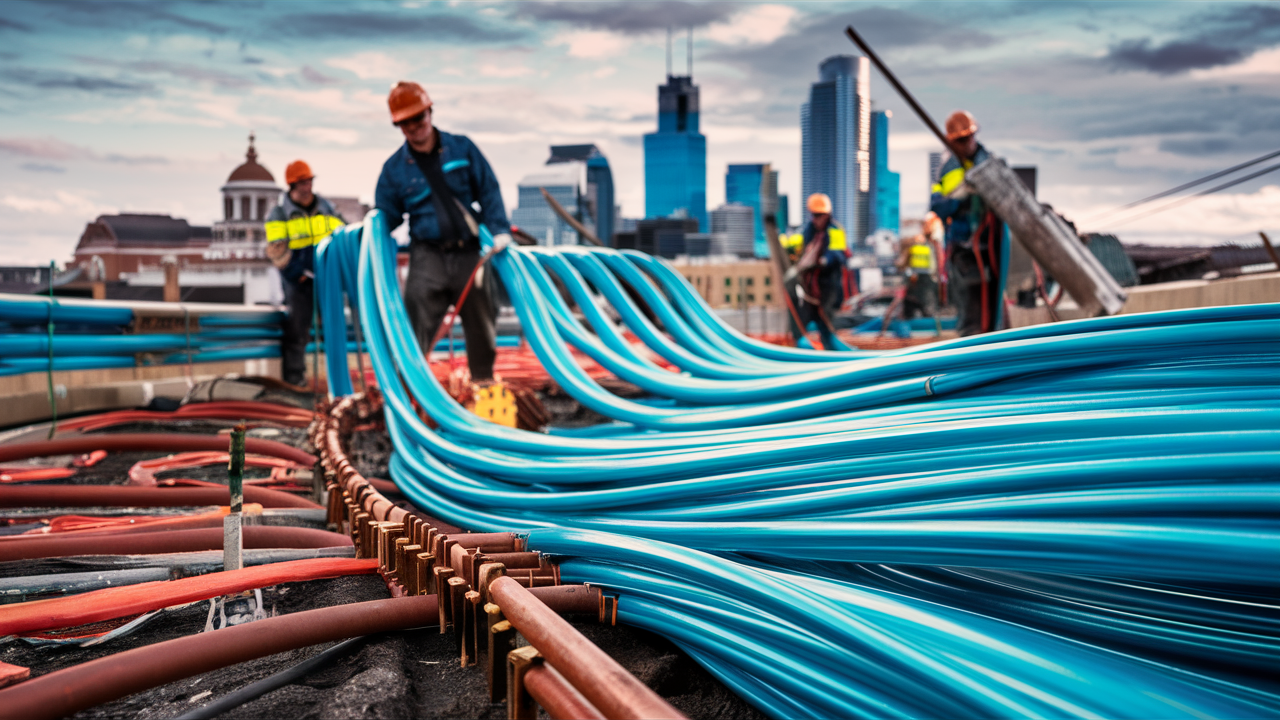
Different parts of the network have been gradually shifted from copper-wire-line to fiber cables over the last decade in AT&T. Yet, this long-term infrastructure upgrade has many advantages and disadvantages in the process. Now, let’s deep dive into the AT&T’s journey of moving towards the fiber.
Why is AT&T migrating to fiber?
As this demand for bandwidth is continuously increasing, ATT is focusing on fiber infrastructure to cater for the demand. While copper lines transmit information in the form of electrical signals and are limited in the amount of data that can be transmitted and the speed at which data can be transmitted, fiber optic cables use pulses of light which translates to exponentially more data that can be transmitted and the speed at which this data can be transmitted. And as if the growth of internet-connected devices and consumers streaming more bandwidth-hungry video in better quality was not enough, copper lines fail.
Fiber also offers superior uplink alongside increased downlink bandwidth, enabling service such as video calling and file sharing. Distance is not as much of a problem as it is with copper cables because fiber is capable of transmitting signals for much greater distances without loss. This makes fiber better suited than copper for both the urban areas and also the rural areas.
For Internet service Provider, migrating some of its critical parts of its infrastructure, such as internet, to fiber results in a much better network. It prepares them for the future needs of the customers as the bandwidth consumption continues to rise in the decades to come. These network upgrades give them the ability to compete even more directly with cable companies on the internet side as well.
The Fiber Deployment Process
Thus, AT&T is not just going out to pull up all the old copper cables – this is very costly and is not a feasible process on such a massive scale. What they are doing is focusing on the areas of their network that span from the nodes of a neighborhood to a central office. This ‘backhaul’ segment of the network thus receives the best benefits of what fiber offers in terms of speed, capacity and distance support.
Fiber internet is ATT’s primary service, and its primary delivery is through a Fiber-to-the-Node (FTTN) model. It travels through underground ducts or on top of telephone poles directly to cabinet structures in neighborhoods. At these nodes, the downstream optical signals are converted to electronics signals and via coaxial/copper lines distributed to surrounding homes/ businesses. Nevertheless, AT&T is also planning further development of Fiber-to-the-Home (FTTH) which directly connects the fiber cables to premises.
This localized fiber strategy does not require upgrading the entire network, costing less than the latter and enabling AT&T to bring the fiber to more customers faster. In FTTN scenarios, fiber just needs to be connected to these nodes rather than each house or buildings, which means significantly reduced cost. But they are not completely out of the loop when it comes to fiber profits since they can even upgrade just the backhaul part.
Another AT&T’s commitment that needs to be met is to connect 30 million customer locations with fiber by 2025. It took only 5 years of the existence of the company and by 2021 they passed over 15 million fiber internet locations. However, it will be several more years before AT&T at least approaches the point of eliminating most copper lines.
This is where both fiber and copper are blended to provide services depending on the need of the customer.
As fiber installations continue to gain traction, the current copper telephone lines and coaxial cables are unlikely to become obsolete in the near future. These supply final connections in many cases to the customers as part of a hybrid fiber-coaxial (HFC) system. Fiber optics may bring data to the neighborhood, but old metallic coaxial cables still connect the last hundred metres or so to individual homes and offices in many places.
From AT&T’s perspective, there are several benefits to retaining parts of their copper
1. Exploring the Realization of Existing Infrastructures –By using the existing ‘last mile’ AT&T gets to reach more clients faster since fiber optics do not have to be extended straight to each building yet. This maintains their investments on infrastructures and can reduce cost of constructing them.
2. Stability for Some Consumers – It may not make much sense to transition to full fiber in every area. Few consumers may continue to keep their copper connections at the current speeds if fiber rollout is not possible in their areas. It is understandable that there are plans in moving these customers to fiber but this is not always immediate.
3. Backup Resilience – The use of fiber and copper both, offers the possibility of having backups. If one medium is out, traffic may shift to the other and hence, it is an added advantage. This backup could enable customers to have more reliability during power blackouts.
Of course, using copper cable cannot provide the long-term bandwidth of the fiber. However, if properly maintained, then the existing infrastructures would still have a value for AT&T during a shift in technology.
How Upgrades to Networks Impact Individual Users
From a customer perspective, delivering fibre where available gives a huge upgrade in speed even when copper cabling is used to deliver the signal to the remaining distance. It’s often the base plan provided by ISPs and is often as low as 100 Mbps. Higher tiers, on the other hand, go up to 1Gbps and beyond. Download speeds: Fiber internet access also delivers immense improvement in the upload speeds due to equal bandwidth.
However, the fiber availability persists in most areas as the projects for fiber deployment progress. Customers may not have a choice if fiber has not penetrated their area this is a limitation to the hypothesis. This means that even once fiber comes to a specific customer location, the dwelling or business must be recabled with fiber inside to get access to the faster speeds. If internal wiring is based on old coaxial or ethernet, which can be a common scenario within a company’s building, this might not happen soon and waiting for significant increase in speed.
As for users, who change their connection to fiber if this service is offered, the transition period can be challenging. Upgrading neighborhoods to fiber does not automatically get rid of congestion problems if other areas interact with the same nodes. When more deployment takes place, customer usage which sometimes can be high may overload nodes sometimes before other enhancements come. That situation means that there may be periods of slowness or slowing down due to the fact that AT&T will be trying to achieve balance of capacities.
And also the costs associated with embracing new equipment in the classroom. New fibers have to adapt modem/routers to accommodate the new speeds and the protocols that come with it. When it comes to device configurations and Wi-Fi optimization, these can take time for households to go through. Customers who want to upgrade to fiber Internet services will be in for a rude shock when they realize that they are likely to encounter technical hitches during the process.
The Long Journey Ahead
Nevertheless, AT&T has a long way to go in terms of years of real sustained efforts to persuade meaningful portions of subscribers to take the fiber route. Despite their hugely impressive deployment targets, it may be slowed down by supply chain challenges, construction difficulties, permit problems, and cost considerations. Shortages of staff also remain constant concerns for installation crews and technicians to deal with as well. Finally it is still a challenge for them to transform their whole network to fiber optics which depends on many factors.
However with millions of customer locations already wired for fiber ahead of expectation, it appears AT&T is set to go all the way in the long-haul fiber even if the timeline may be stretched. While other Fiber Broadband customers who are waiting for fiber rollout to their areas may be inclined to think that things are moving slowly. However, massive capital investment supporting it, their fiber push is the strategic direction as the company is going forward to the future capabilities of fiber connectivity on AT&T. Connecting these optical fibre backbones to copper and coaxial throughout, AT&T plans to span present capacity constraints and make the stage for the subsequent several decades.
Call (844) 905-5001 to get a new AT&T connection now!
Read More:
How much does AT&T charge for a technician?
How many devices can I connect to ATT fiber Wi-Fi?
How do you connect AT&T fiber?
Do I need a fiber jack for AT&T fiber?
Is AT&T replacing copper with fiber?
